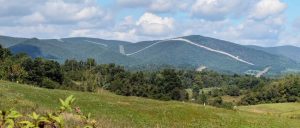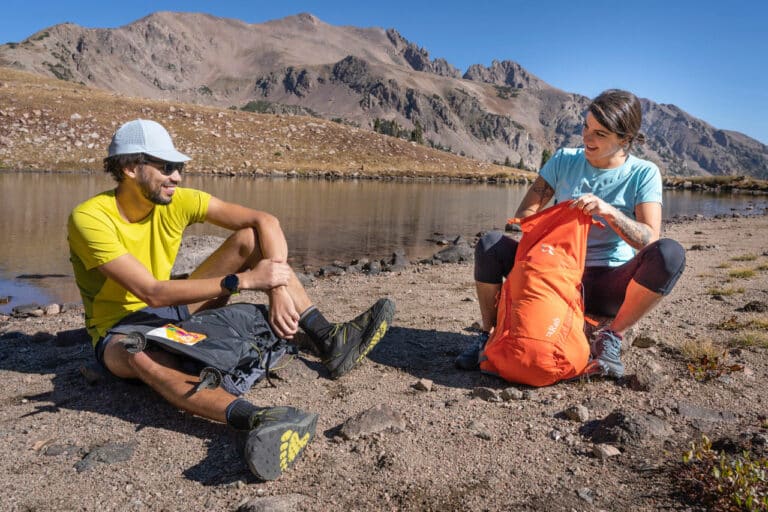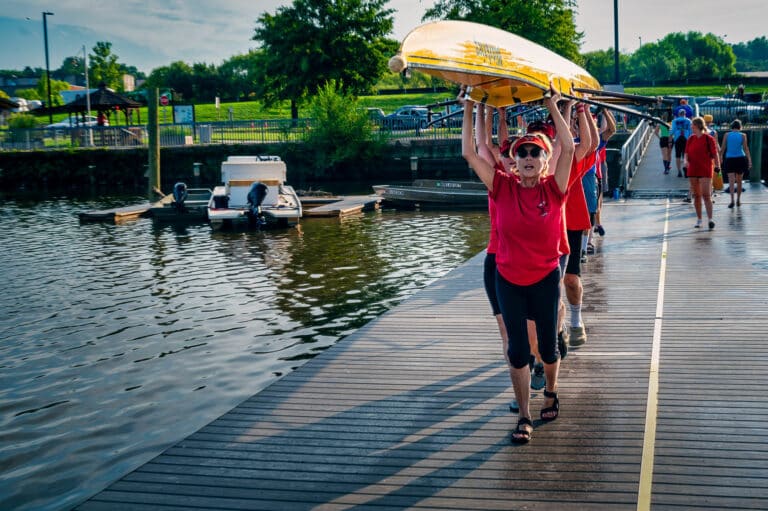Beautiful mountain drives on the Parkway, historic Indian reservations, and hikes alongside rushing rivers are paramount to the experience of being in the Blue Ridge Mountains—all of which are threatened by fracking for natural gas.
Among the long list of concerns are the copious amounts of freshwater used, chemicals contaminating groundwater, mountaintop removal, and destruction of habitats and ecosystems.
In a seemingly predictable outcome, small, rural, and vulnerable towns become targets for drilling sites.
One by one, many small towns across the country have fought back to no avail. That is, until the determined small town of Grant Township, Pa., took a stand. For a look at how a town with a population of just 741 has successfully opposed fracking, read the full report from Rolling Stone.
In other areas across the Blue Ridge, the battles over fracking rage on.

Photo by AppalachianTrail.org
Pipelines for fracked gas have been especially contentious, specifically the Atlantic Coast and Mountain Valley Pipelines. According to studies, the pipelines would together contribute as much greenhouse gas pollution as 45 coal-fired power plants — some 158 million metric tons a year. A harsh reality that might soon be faced by residents in North Carolina, Virginia, and West Virginia. As for the iconic Appalachian Trail, the construction of the Mountain Valley Pipeline would, “dramatically scar the scenic landscape of the AT, produce irreversible damage to local ecosystems, and potentially cause local cities and towns that rely on outdoor recreation-based tourism to lose significant revenues,” according to the Appalachian Trail Conservancy.
Renewable energy is an important part of the solution, but the current administration has scaled back investment in renewables and pushed for increased fracking and pipeline construction.








